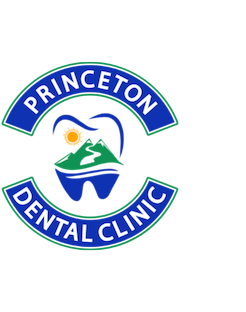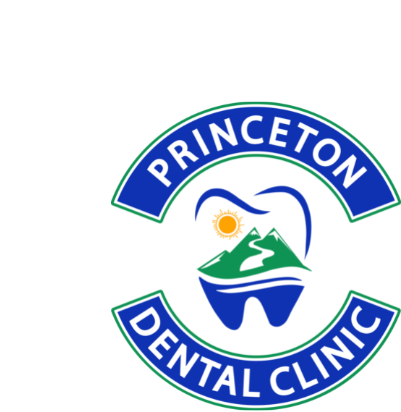Dental Fee Guide
Patients are often interested in how and where dentist’s fee’s come from. Here we take the opportunity to explain how fees are determined.
The British Columbia Dental Association is responsible for generating a fee guide on behalf of dentists and patients each year. This fee guide is published in January of each year and fees are updated on Feb 1st of each year.

The fees are determined by economic analysis which is completed on an annual basis. Based upon changes in costs of providing general dental services the fee guide is updated annually to reflect changing costs of dental services.
Dental offices have a choice if they would like to follow the dental fee guide or charge a different fee. In general, most dentists tend to follow the fee guide closely as it is a fair representation of overall costs. Many insurance companies will base reimbursement schedules on provincial fee guides.
Some dental procedures include lab portions such as dentures, implants, bridges and crowns. These procedures will generally have a lab fee attached to the fee itself. This fee is added to the cost of the treatment. If your dental treatment requires a lab component an estimation of lab fee’s will be included in your treatment estimate.
Dental Insurance Providers
Many different dental insurance providers exist in Canada. Some of these providers are government funded, company/business/private industry funded and/or personally funded. Each insurance plan is overseen by a specific provider, in British Columbia common insurance providers include: Pacific Blue Cross, Greenshield, Canada Life, and Manulife.
Patients and dental offices have the option of multiple ways of interacting with their dental insurance providers. Some patients and dental offices choose to pay the fees for dental services upfront and have the dental office submit or help them submit a claim on their behalf. The dental insurance provider then reimburses the patient directly for dental treatment fee’s.
Other patient’s and dental offices choose to engage what is called an “Assignment” (also know as Direct Billing) relationship. In this situation the dental claims are submitted on behalf of the patient and the insurance company pays the dental office directly. This avoids patients having to pay for services at the time they are rendered and the hassle of having to try and submit and collect from the insurance company directly.

Princeton Dental Clinic accepts Assignment and is also happy to help patient’s submit claims should they prefer to work directly with the insurance company themselves. One caviate exists regarding assignment. In 2o17 the Privacy Act changed and dental offices are no longer able to call the insurance company to determine your exact dental benefits coverage you may have.
Using the CDA Net system which is maintained and managed by the Canadian Dental Association we are able to submit to the insurance company and receive a Claim Acknowledgement or Estimation of Benefits. Using this we can predict the cost of treatment, however are not responsible for determining exact costs for treatment.
We will do our best to try and help the patient work with their insurance company but ultimately the patient is responsible for all fee’s their insurance company does not cover/pay for dental treatment services rendered.
Pre-authorizations and Treatment Estimates
Complex treatment, commonly classified by insurance companies as “Major” treatment is often pre-determined. The dental office will send a pre-authorization to the dental insurance company for treatment the patient is considering or planning to complete. The insurance company may return an estimate electronically or by letter mail. Sometimes the insurance company sends the pre-authorization results to the dental office directly and sometimes it sends to the patient.
If the insurance company sends the pre-determination/pre-authorization to the patient directly the patient must bring in a copy and our staff will help you determine what your insurance plan is planning to pay for your treatment.

If a patient would like an estimate for any treatment required or to be provided usually this can be generated following the dentist assessing the clinical situation and developing a treatment plan. It is hard to give an estimate over the phone if the dentist has not seen the patient recently and developed a treatment plan for that patient.

